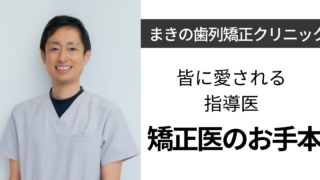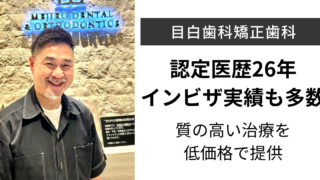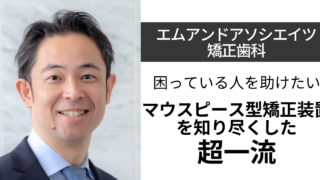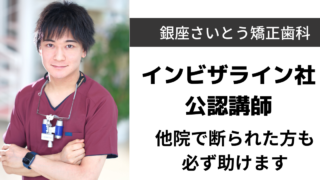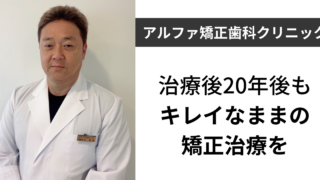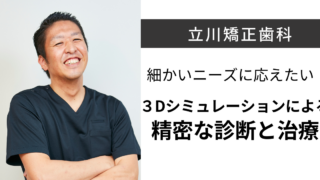
A thorough explanation of the benefits and cautions of Surgery First! Also introduces the cost!
Jaw deformity is a disorder caused by abnormal development of the jawbone. Jaw deformities not only cause visual problems, but also functional problems.
Surgery first isA new treatment for jaw deformities that eliminates the need for preoperative orthodontic treatment prior to conventional jaw deformity surgery and begins surgical treatment immediately.It is. There are advantages and disadvantages to Surgery First.
What is jaw deformity in the first place?

What is jaw deformity?Diseases in which excessive or insufficient growth of the jawbone causes problems with appearance and biteIt is. Mild jaw deformities can be treated with conventional orthodontic treatment alone, but for fundamental solutions or moderate or severe jaw deformities, a combination of surgical treatment by cutting the jawbone (osteotomy) and orthodontic treatment is used.
When surgery and orthodontic treatment are combined, orthodontic treatment is first used to move teeth that should be moved before surgery, called preoperative orthodontics. This is done to prevent the teeth from becoming misaligned after the surgical treatment. Then the surgery is performed, and after the surgery is completed, the postoperative orthodontic treatment is performed.
What is Surgery First?

Surgery First is a new treatment method for jaw deformities,Surgical treatment without conventional preoperative correctionIt is. Because Surgery First provides both orthodontic and surgical treatment, collaboration between orthodontists and oral surgeons is important.
(3) Advantages of choosing Surgery First
(1) Shorter treatment time
The advantages of choosing Surgery First are first and foremostShorter treatment time and improved appearanceThis is the reason why we have been able to provide the best treatment for jaw deformities. Conventional treatment for jaw deformities requires preoperative orthodontic treatment, which inevitably lengthens the treatment period. In addition, preoperative orthodontic treatment can result in a temporary deterioration of the patient's appearance because the teeth are moved based on the post-surgical jaw position. With SurgeryFirst, the surgical procedure is performed immediately, allowing for early skeletal treatment and faster improvement in appearance.
(2) Better postoperative orthodontic tooth movement
Surgery First has another important advantage. That is that performing the surgical procedure early allows for better postoperative orthodontic tooth movement. In the case of jaw deformity surgery, an osteotomy is made during the surgical procedure. This osteotomy causes the body to exert a force to heal the bone, and this force allows the teeth to move more easily.
(4) Disadvantages of choosing Surgery First
(1) Not covered by health insurance
The first disadvantage of Surgery First is that it is not covered by health insurance. There are many cases of conventional jaw deformities that can be treated by insurance, although not all are covered by insurance by visiting a "Diagnostic Facility for Oral and Maxillofacial Function" designated by the Ministry of Correctional Health, Labor and Welfare.
For surgeries firstA visit to a "diagnostic facility for oral and maxillofacial function" will not be covered by insurance.The cost will be high. Thus, the cost is high.
(2) Not indicated in all hospitals that treat jaw deformities.
The treatment of jaw deformities is performed in collaboration with several departments, including orthodontics, dental surgery, and plastic surgery. Therefore, not all orthodontists and oral surgeons treat jaw deformities. Even if there are clinics and hospitals that treat jaw deformities, there areEven more limited in their ability to handle surgeries first.This is the current situation.
(iii) Temporary difficulty in biting after surgery
SurgeryFirst is for no preoperative correction,Bite often temporarily deteriorates after surgeryIf this is the case, a mouthpiece is made to compensate. In such cases, a mouthpiece is made to compensate. Difficulty in biting may make it difficult to eat or speak.
(5) Cost of Surgery First

Surgery First is not covered by health insurance,treatment at one's own expenseThis will be the case. In the case of self-funded treatment, the cost varies at each facility where the treatment is received, so we cannot give a specific amount,In addition to the cost of orthodontic treatment, the cost of surgical hospitalization may cost 1.5 to 2 millionThe following is a list of the most common problems with the
Surgery-first treatment may be completed at one hospital or clinic, but surgery may be performed at a large hospital and subsequent orthodontic treatment at a general orthodontic practice. In such cases, it is recommended that the total cost of both hospitals or clinics be verified prior to undergoing treatment.
6) Surgery First Flow
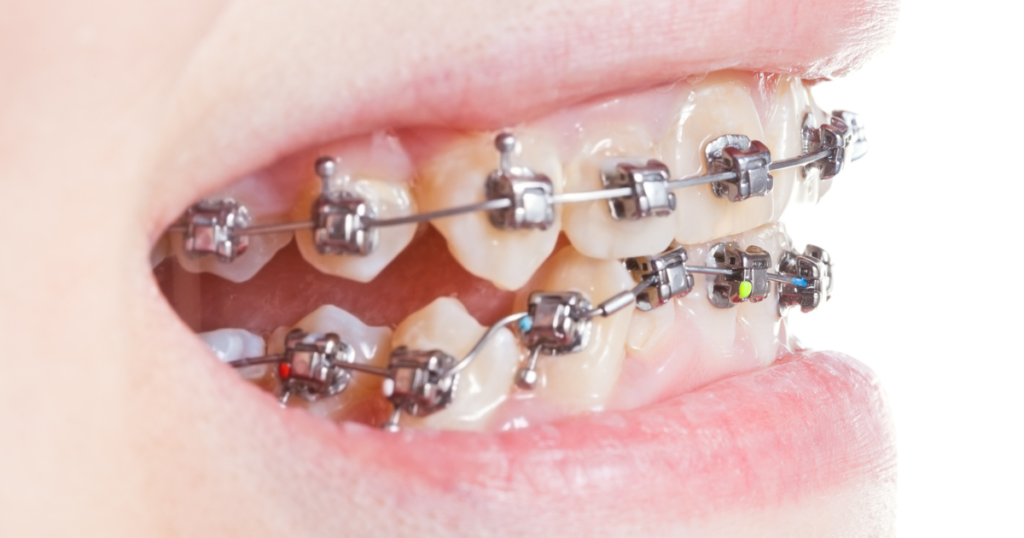
(1) Preoperative Diagnosis
A diagnosis must first be made as to whether or not Surgery First is indicated. The treatment of jaw deformities with Surgery First should be performed at a hospital that is capable of handling the treatment of jaw deformities.
(2) Preparation before surgery
If Surgery First is indicated, we will first clean the mouth and remove any oral infections (cavities or gum disease) that may be at risk during the surgical procedure. If necessary, orthodontic appliances may then be fitted prior to surgery to facilitate orthodontic treatment after surgery.
(iii) Surgery
Surgical treatment is the main treatment for Surgery First. If a patient is diagnosed as an indication for Surgery First by a city orthodontist, he/she may undergo the surgery at a partner facility where the surgery can be performed under general anesthesia. Simple surgery of the mandible only can be performed on a day trip without hospitalization.
4) Corrective treatment after surgery
After the surgery, the mouth will be swollen and sore, and the mouth will remain closed for several weeks; after about a month, the mouth will open again, and orthodontic treatment will begin here. In the case of surgeries-first, the teeth are easier to move, so orthodontic treatment after surgery often takes around one year.
(5) Retention
After orthodontic treatment is completed, the teeth are retained to prevent backsliding. It is recommended to retain the teeth for at least two years, and the decision to retain the teeth for a longer period is based on the amount of tooth movement.
summary
Surgery First is a treatment for jaw deformities that is characterized by a shorter treatment time and faster improvement in appearance. It is not covered by insurance, so the cost is high, but if you want to improve the appearance of your jaw quickly, you should have it diagnosed to see if it is covered by insurance. SurgeryFirst is not an easy treatment, so it is advisable to undergo treatment at a place where the orthodontist and oral surgeon work well together.
 Written by dentist/issy
Written by dentist/issy
After graduating from the National School of Dentistry, he trained at the Tokyo Medical and Dental University Dental Hospital, and is currently working in general and orthodontic dentistry.
Member of the Japanese Society of Oral Implantology


